U.S. News
23 More Foods That Got So Expensive, People Aren’t Buying Them Anymore
By Jake Beardslee · July 30, 2025
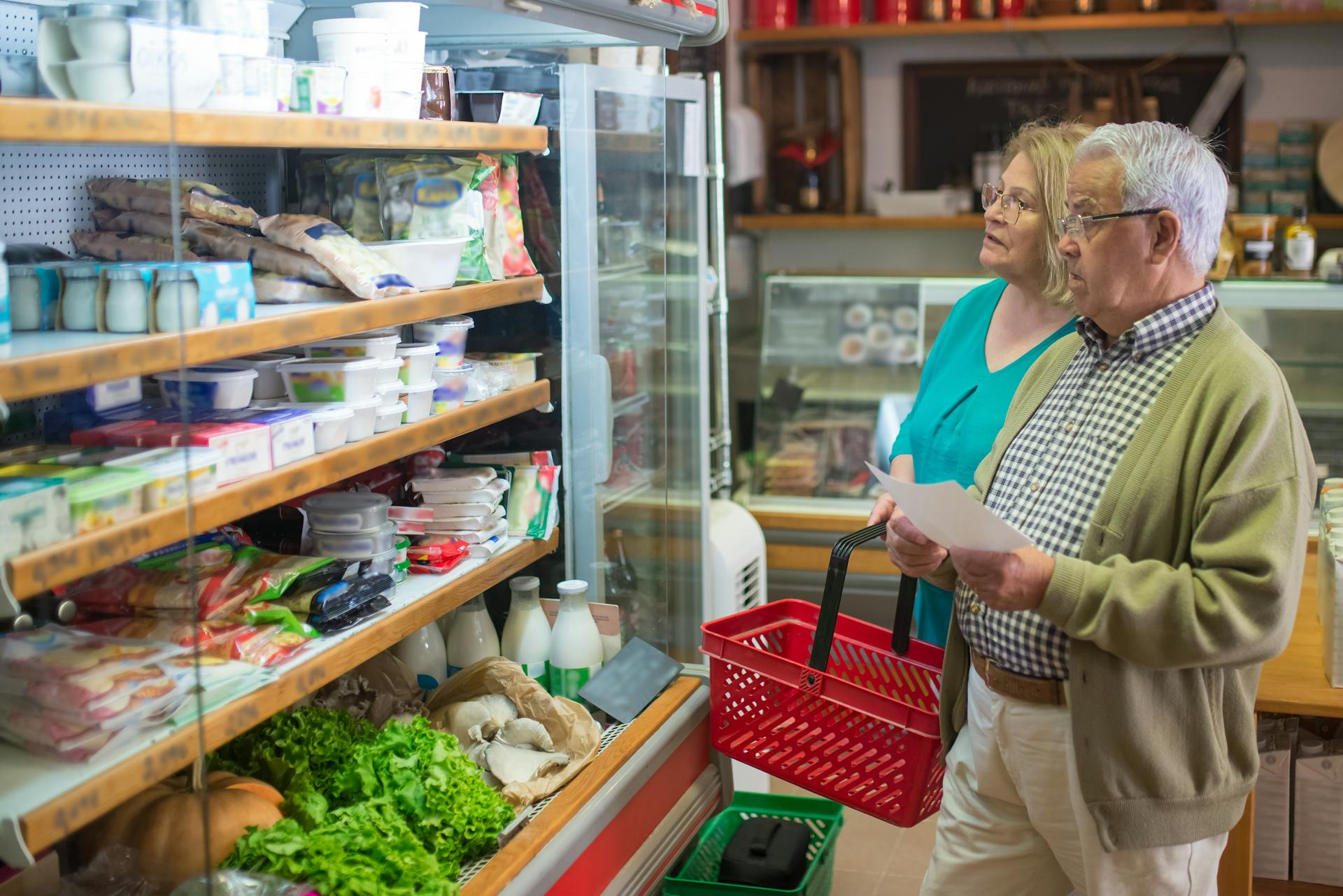
23 More Foods That Got So Expensive, People Aren’t Buying Them Anymore
For many Americans, grocery shopping has become a source of financial strain. As prices climb across the board, even everyday staples are starting to feel out of reach. From basic ingredients to occasional treats, rising costs are forcing shoppers to make tough choices about what stays in the cart.Here’s a look at 23 more grocery items that have gotten so expensive, some people are simply leaving them on the shelf. Kampus Production / Pexels

Bagged Salad Mixes
Pre-washed and pre-cut salad mixes used to be a weeknight time-saver, but the cost has surged. Shoppers are finding it more affordable to buy whole heads of lettuce and chop them at home. With the price difference adding up over time, convenience is losing out. Some are skipping salads altogether until prices ease. AnimGraph Lab / Pexels
Rotisserie Chicken
Once considered a budget-friendly dinner shortcut, rotisserie chickens have jumped in price at many stores. Rising poultry costs and labor expenses are being passed on to shoppers. While still cheaper than takeout, many are finding better value in cooking their own. Lukas / Pexels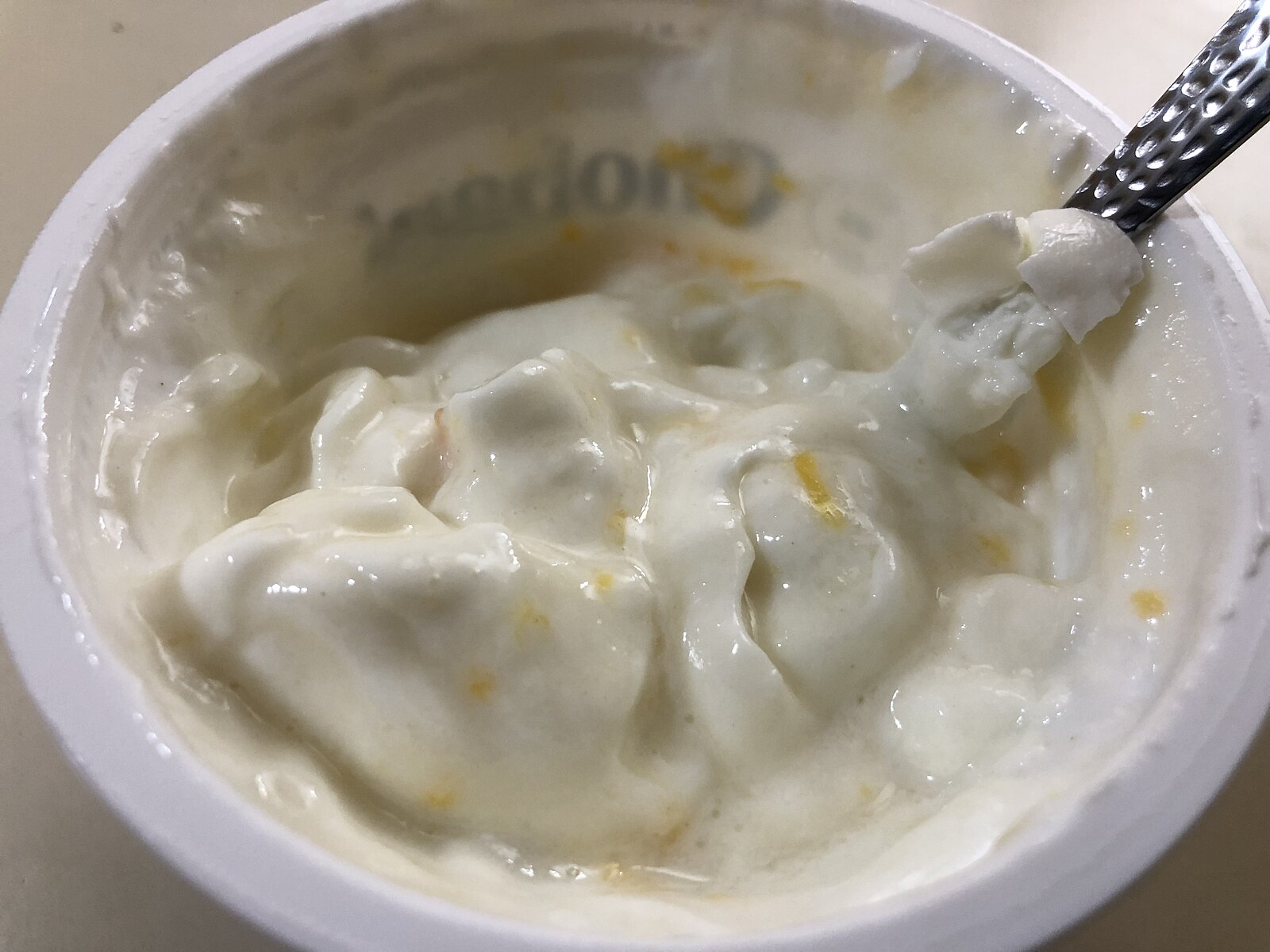
Yogurt Cups
Single-serve yogurts have crept up in price, with some brands now costing over $2 a cup. Multi-packs offer slight savings, but many shoppers are turning to bulk tubs or skipping yogurt entirely. Add-ins and flavored varieties come with a premium. It’s another case of convenience getting priced out. Famartin, CC BY-SA 4.0 https://creativecommons.org/licenses/by-sa/4.0, via Wikimedia Commons
Maple Syrup
Real maple syrup has always been pricey, but it’s hit new highs lately. Harvest disruptions and growing export demand have pushed prices even higher. Many families are downgrading to pancake syrup or cutting back altogether. It’s turning breakfast into a budgeting decision. Pixabay / Pexels
Boxed Mac and Cheese
Even boxed staples like mac and cheese are seeing price hikes. The low-cost meal option is becoming less economical as dairy and wheat prices rise. Shoppers are starting to stock up only when it’s on sale. What used to be a pantry no-brainer now gets second thoughts. Barbara G / Pexels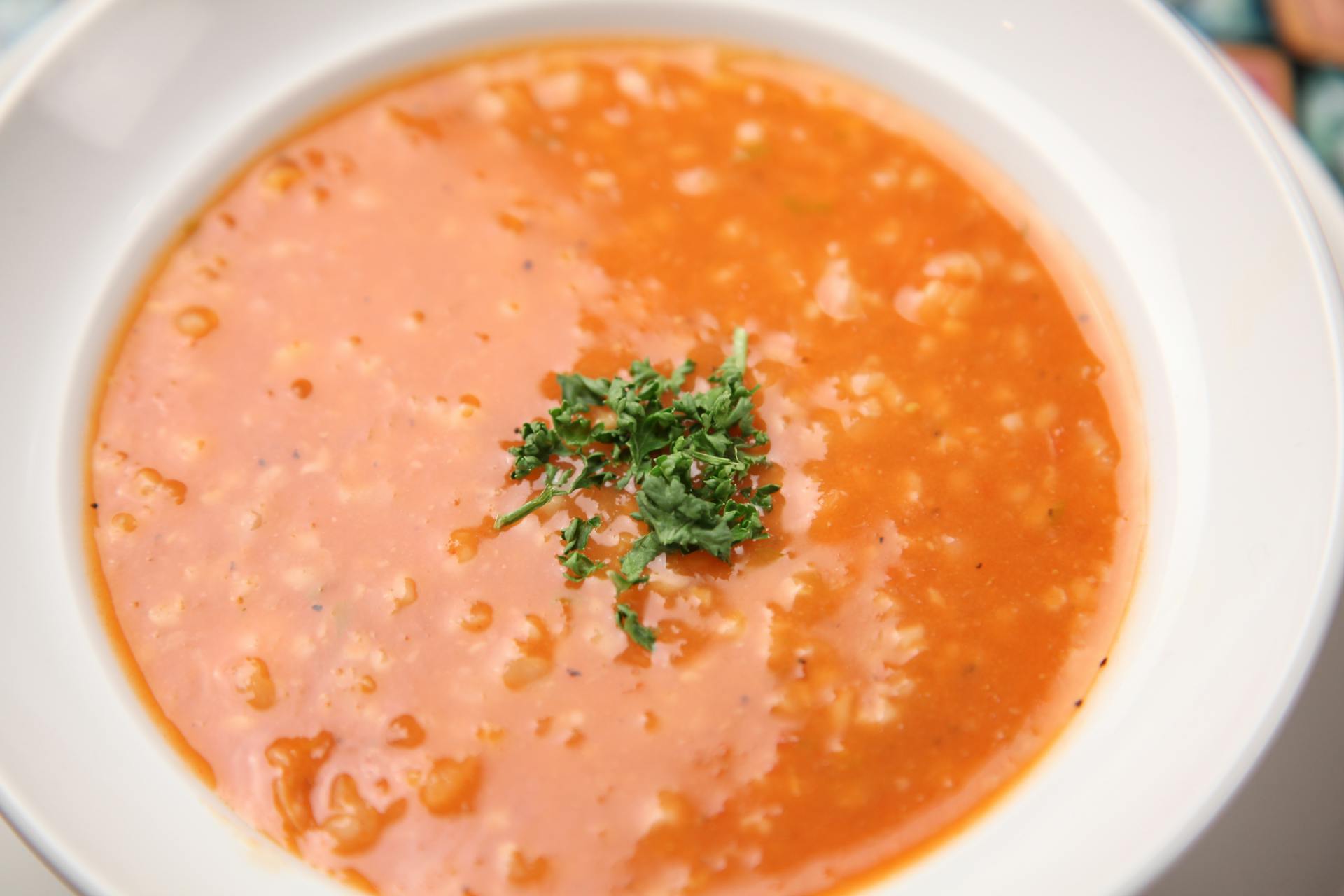
Canned Soup
The humble canned soup, once a budget-friendly backup, is creeping toward gourmet territory. Higher packaging and ingredient costs are part of the reason. Many are now opting to make large batches of homemade soup instead. Zak Chapman / Pexels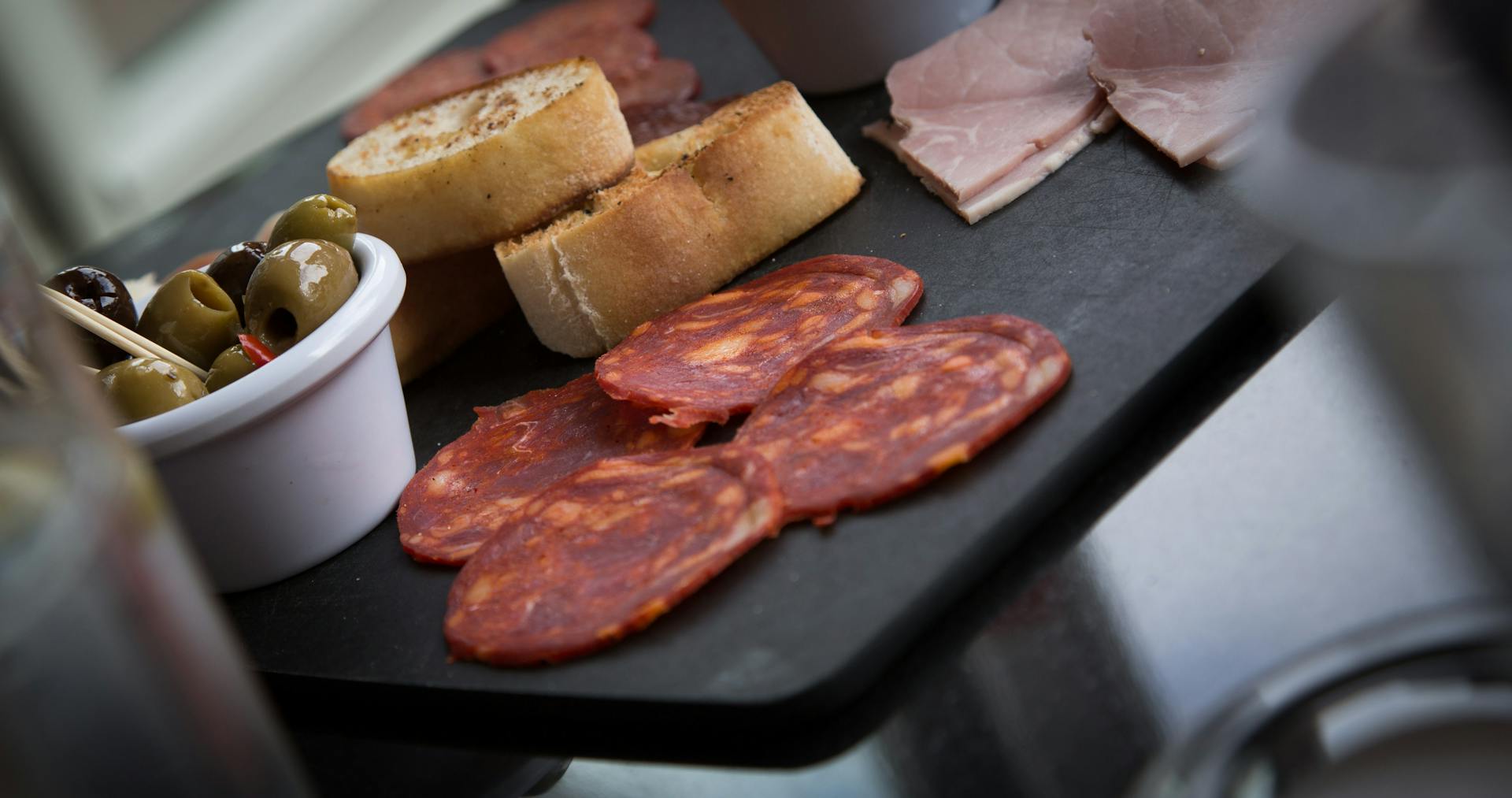
Sliced Deli Meat
Deli meat prices have climbed sharply, especially for turkey and ham. The per-pound cost can rival steak in some markets. More shoppers are skipping the deli counter and cooking whole proteins at home. Sandwiches just aren’t as cheap as they used to be. Torsten Dettlaff / Pexels
Tofu and Plant-Based Meats
Even plant-based options aren’t immune to price hikes. Tofu, veggie burgers, and meat alternatives have all seen steady increases. What started as a cheaper protein swap is now neck and neck with meat in cost. Many are turning back to beans and lentils. Polina Tankilevitch / Pexels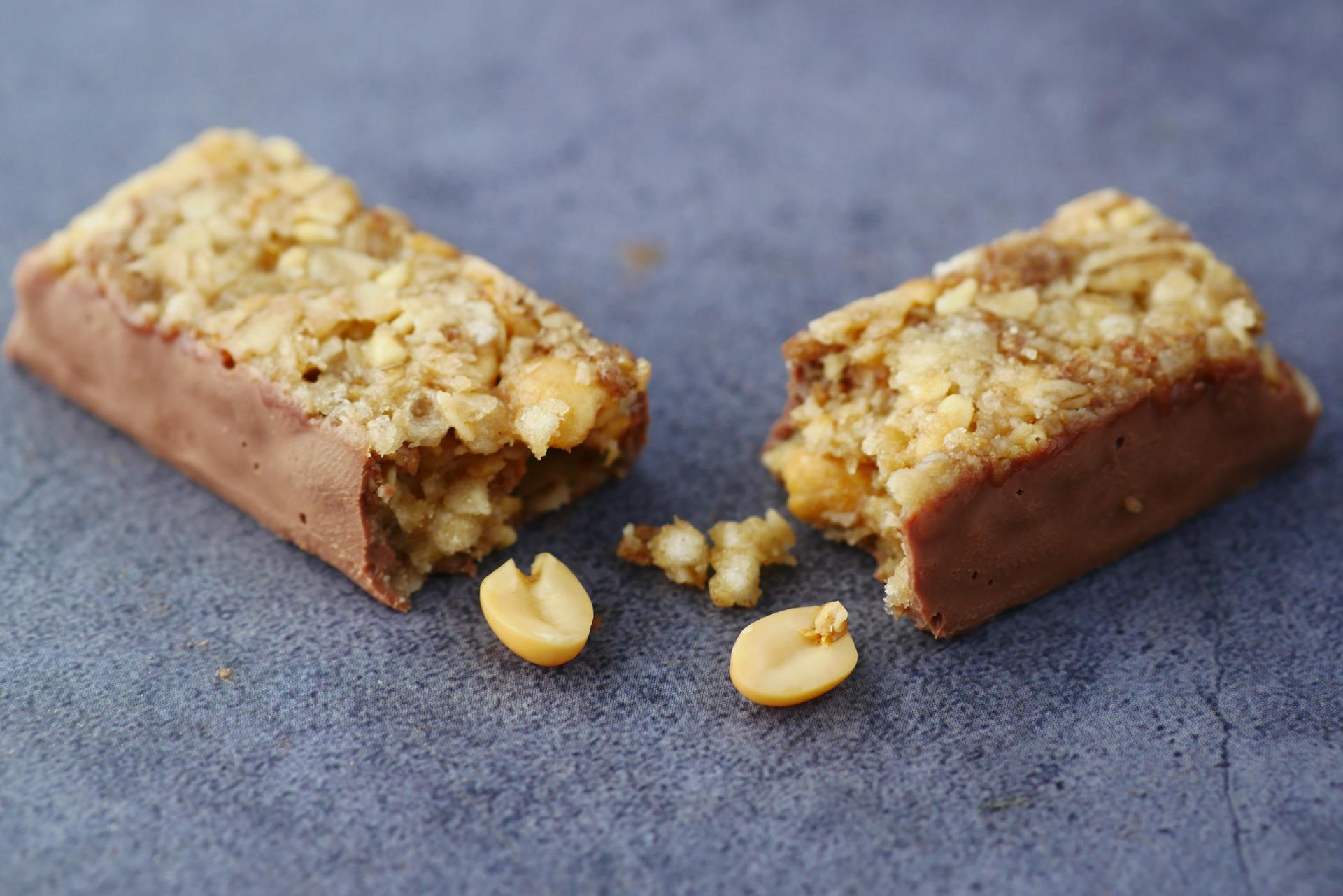
Cereal Bars and Protein Snacks
Granola bars, protein bites, and similar snacks are climbing past the $1-per-bar mark. Multi-packs offer limited savings, and value brands are becoming harder to find. Parents especially are noticing the cost when packing lunches. Homemade snacks are making a comeback. Towfiqu barbhuiya / Pexels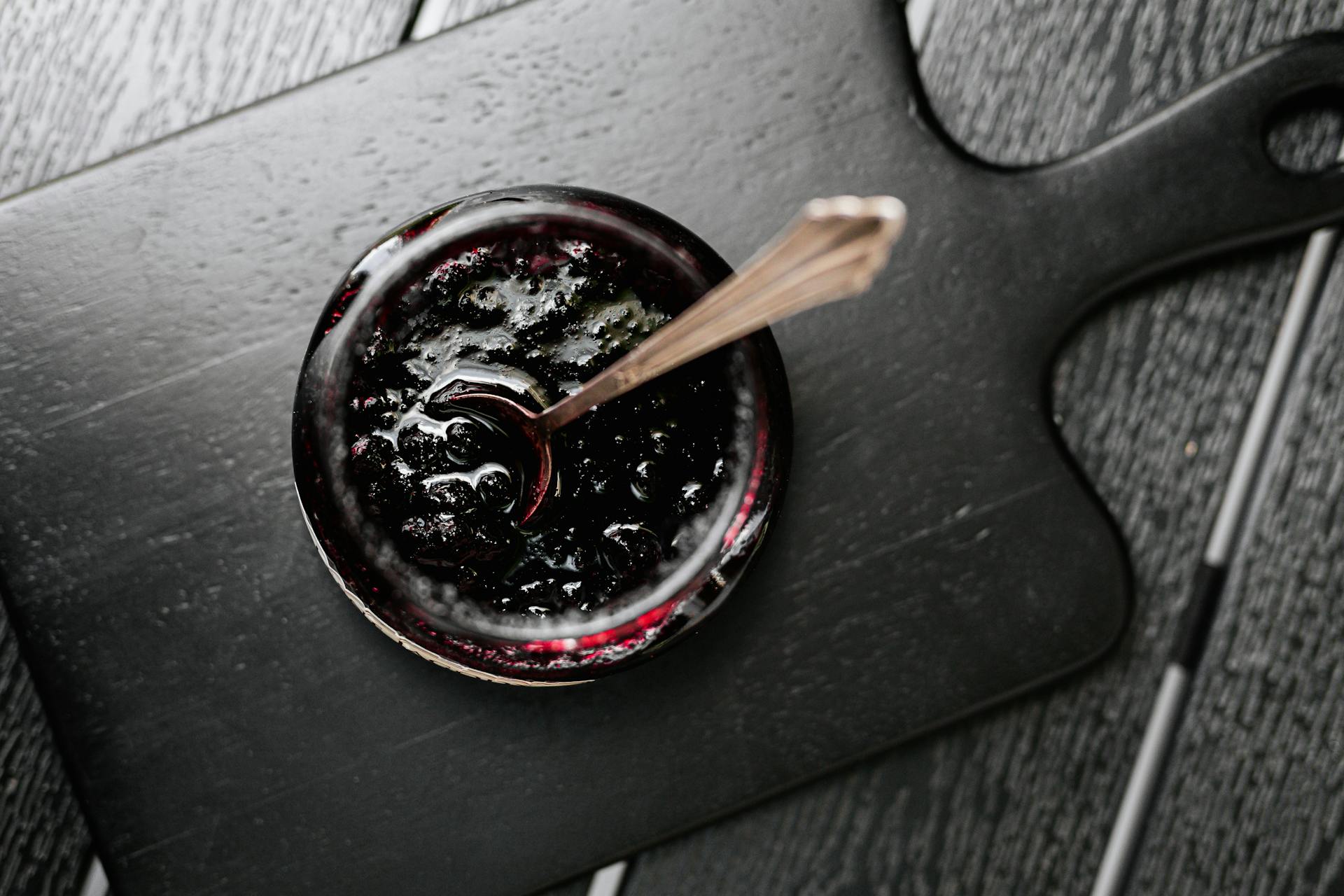
Jam and Preserves
The price of fruit preserves has risen alongside sugar and berry costs. A single jar of high-quality jam can now run $6–$8. Toast lovers are cutting back or choosing generic spreads. Others are turning to peanut butter-only breakfasts. Kaboompics.com / Pexels
Frozen Pizza
What used to be a cheap frozen meal is now flirting with fast-food prices. Frozen pizzas with premium toppings or gluten-free crusts can cost over $10. Some are skipping the frozen aisle and making pizza from scratch. Or just calling it a pasta night instead. Ivan Torres / Unsplash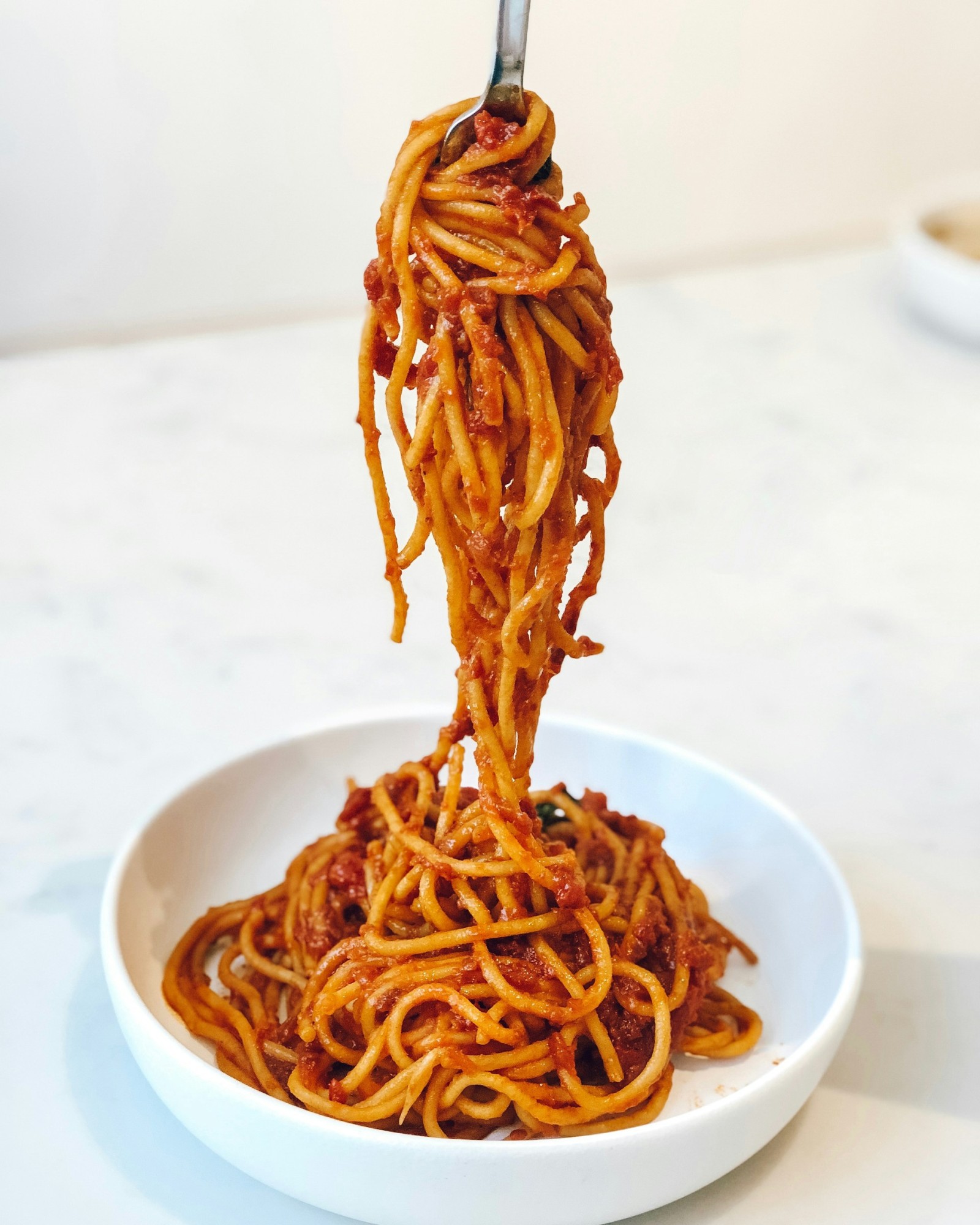
Pasta Sauce
Tomato-based sauces are quietly getting more expensive, especially name-brand jars. With labor, tomato, and glass packaging costs all up, shoppers are reaching for cans of crushed tomatoes instead. DIY sauce is trending again, even among casual cooks. It’s one of the first pantry staples people are choosing to make. Krista Stucchio / Unsplash
Flavored Sparkling Water
Bubbly waters once seemed like an affordable luxury, but multipacks are now edging toward $7 or more. Some shoppers are switching back to tap water or making their own with soda makers. The “LaCroix lifestyle” isn’t feeling so cost-effective anymore. Hydration habits are shifting accordingly. Pawel Czerwinski / Unsplash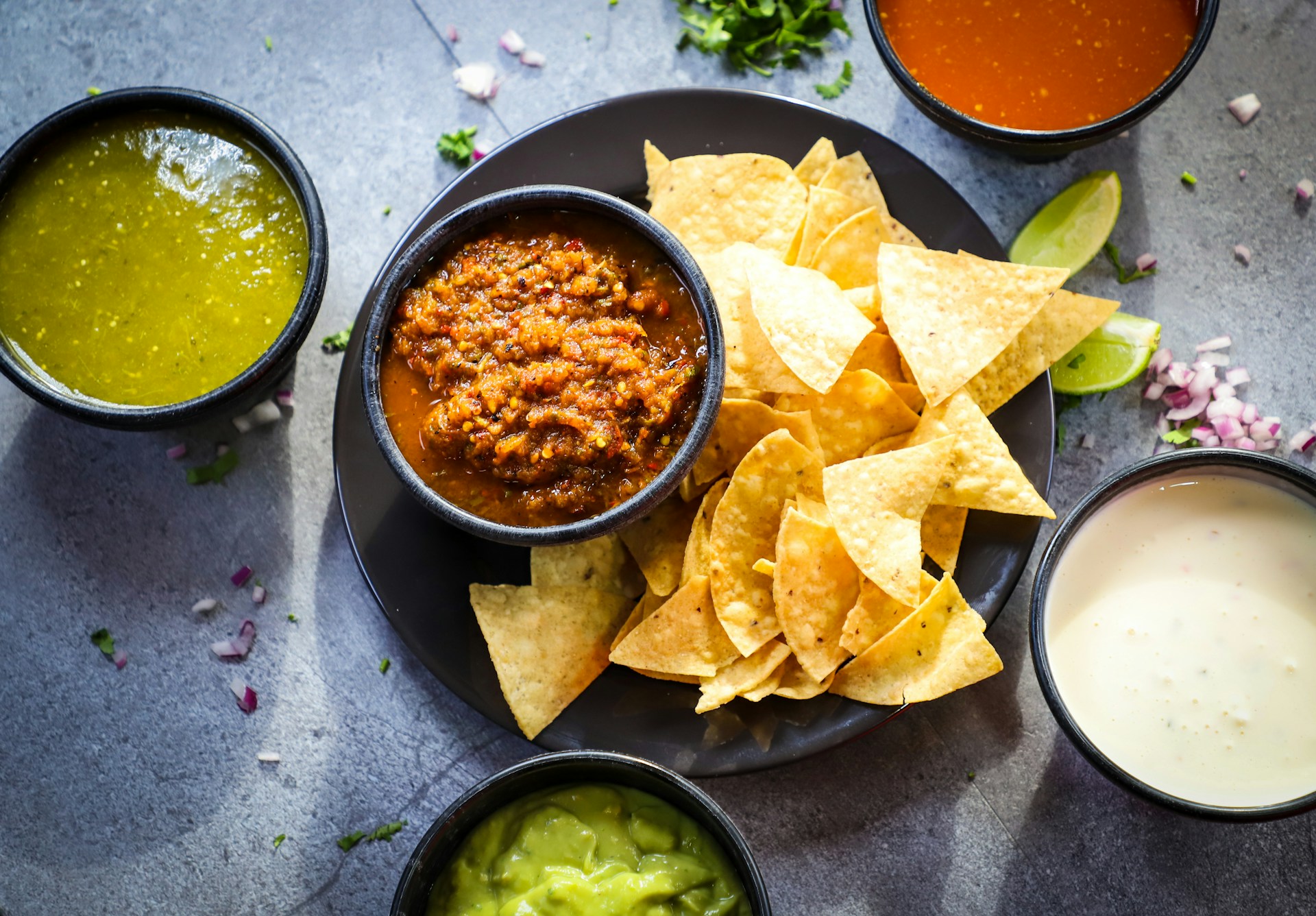
Tortilla Chips
Once a game-night essential, tortilla chips have shot up in price—especially branded ones. Corn, oil, and packaging costs are part of the reason. Shoppers are moving toward popcorn or pretzels instead. Even salsa sales are taking a hit as chips get dropped. Frankie Lopez / Unsplash
Ice Cream
Premium ice cream pints are now regularly priced at $6–$8, making them more of a luxury than a grocery staple. Many shoppers are waiting for sales or choosing larger tubs for better value. Some are cutting back on sweets entirely. It’s a tough break for dessert lovers. Irene Kredenets / Unsplash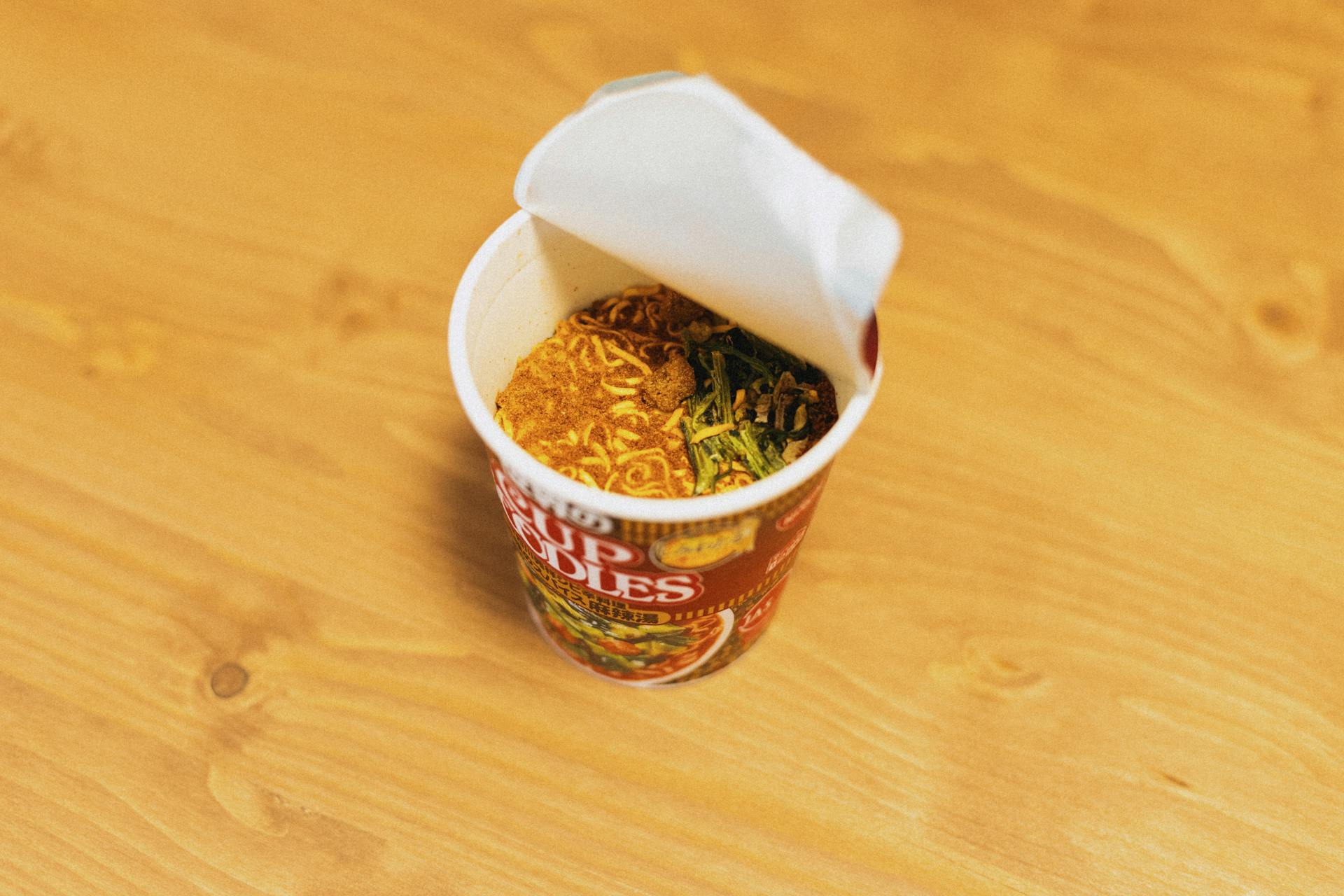
Instant Ramen
Even ramen—the go-to budget food—is getting more expensive. What was once 25 cents a pack is now closer to $1 for some brands. Students and low-income shoppers are feeling the shift most. The days of the 10-for-$1 deal are gone. Gu Ko / Pexels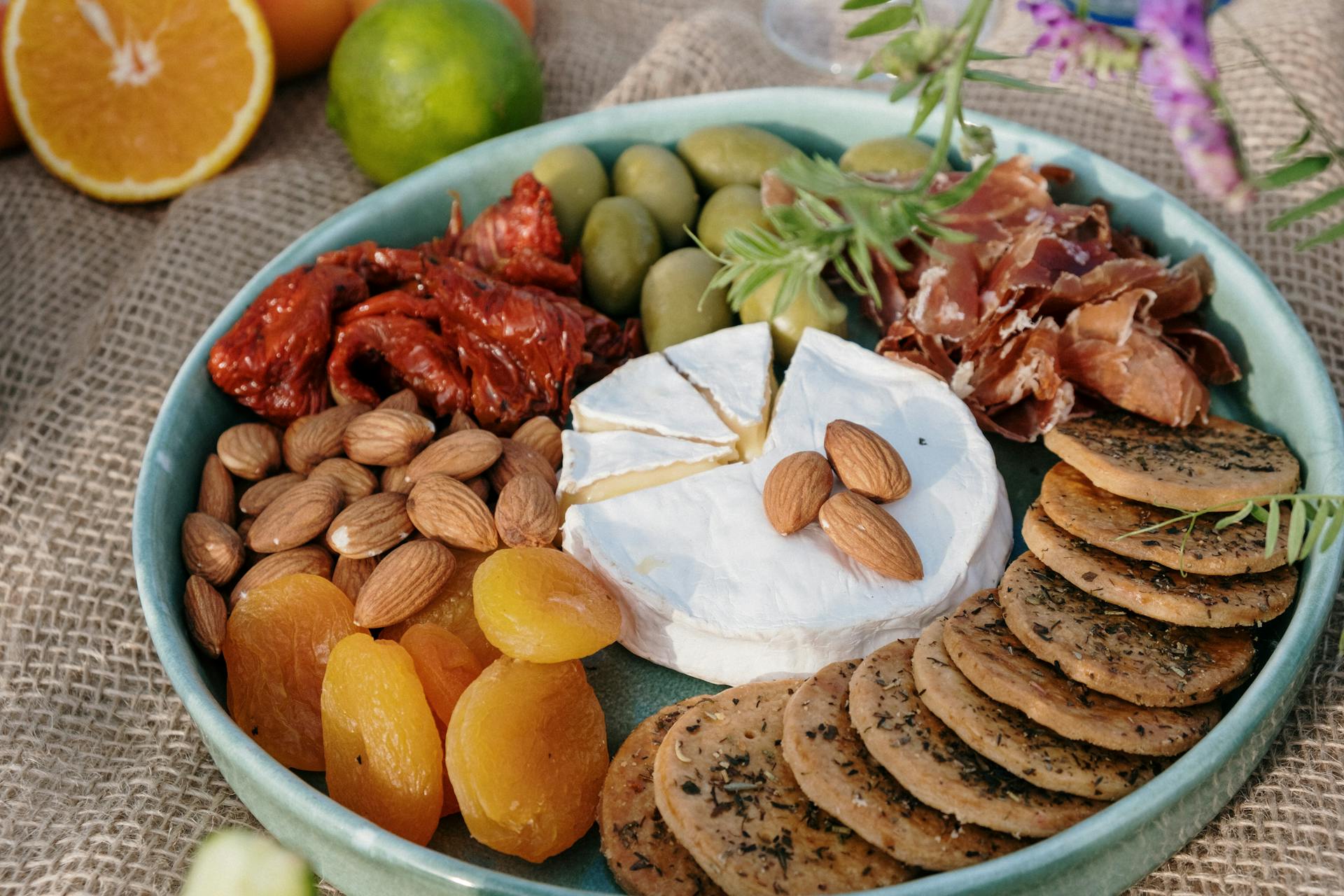
Crackers
Whether for snacking or cheese boards, crackers are getting pricier across the board. Ingredient and transportation costs have pushed prices upward. Shoppers are limiting themselves to one box instead of a pantry variety. The trend is especially noticeable during holiday hosting season. cottonbro studio / Pexels
Peanut Butter
Peanut butter, a longtime staple in American kitchens, has seen steady price increases. Between crop yields, supply chain issues, and demand, costs have risen more than many realize. Store-brand versions offer some relief, but the squeeze is real. Even PB&J is getting costlier to make. Kaboompics.com / Pexels
Bagels
Packaged bagels have seen a quiet but steady increase in price. While still cheaper than buying them from a bakery, grocery bagels are nearing $5 or more per pack. Many shoppers are swapping them out for toast or skipping the carb-heavy breakfast altogether. It’s another morning habit that’s shifting. Lucie Liz / Pexels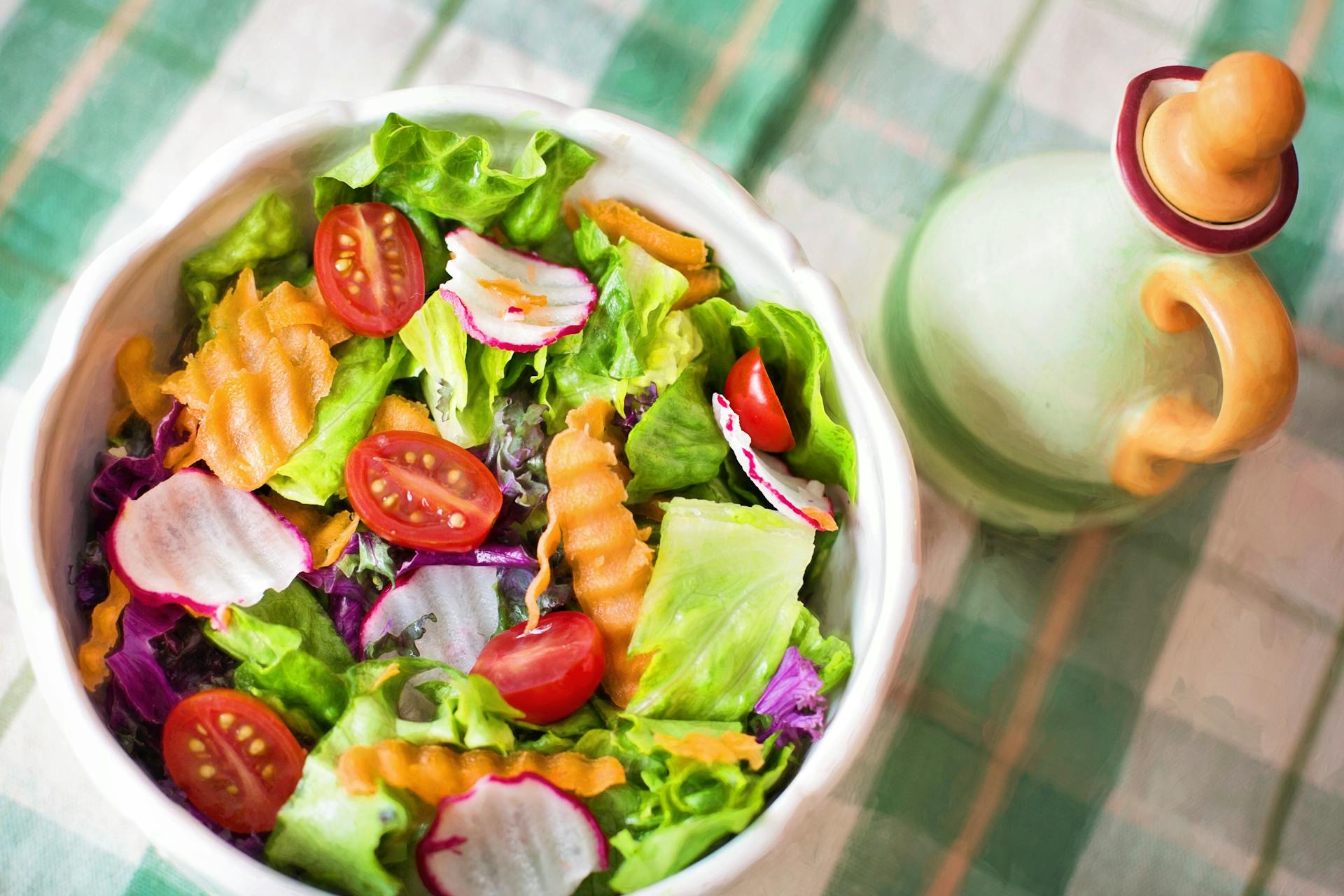
Bottled Salad Dressing
A bottle of dressing used to last a while, but many shoppers are now opting to make their own. With oil, egg, and packaging costs all rising, name-brand dressings feel harder to justify. Simple homemade vinaigrettes are replacing bottles in fridges. And people are realizing it’s cheaper—and often better. Jill Wellington / Pexels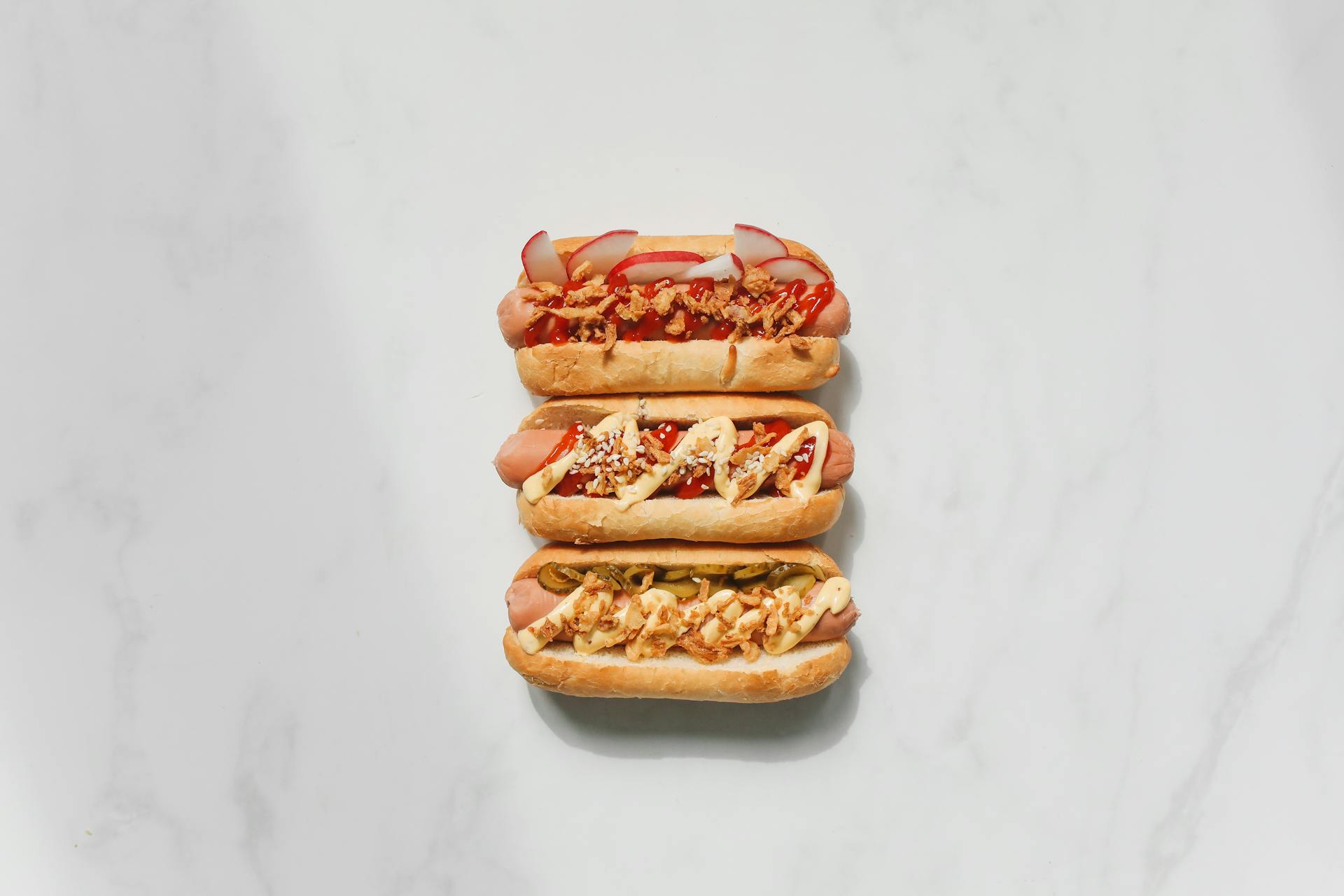
Hot Dogs
Hot dogs used to be a go-to for low-cost meals and summer grilling. But the price of meat, casings, and packaging has pushed them higher. Even store-brand packs aren’t as cheap as they used to be. Backyard BBQs may need a new main event. Polina Tankilevitch / Pexels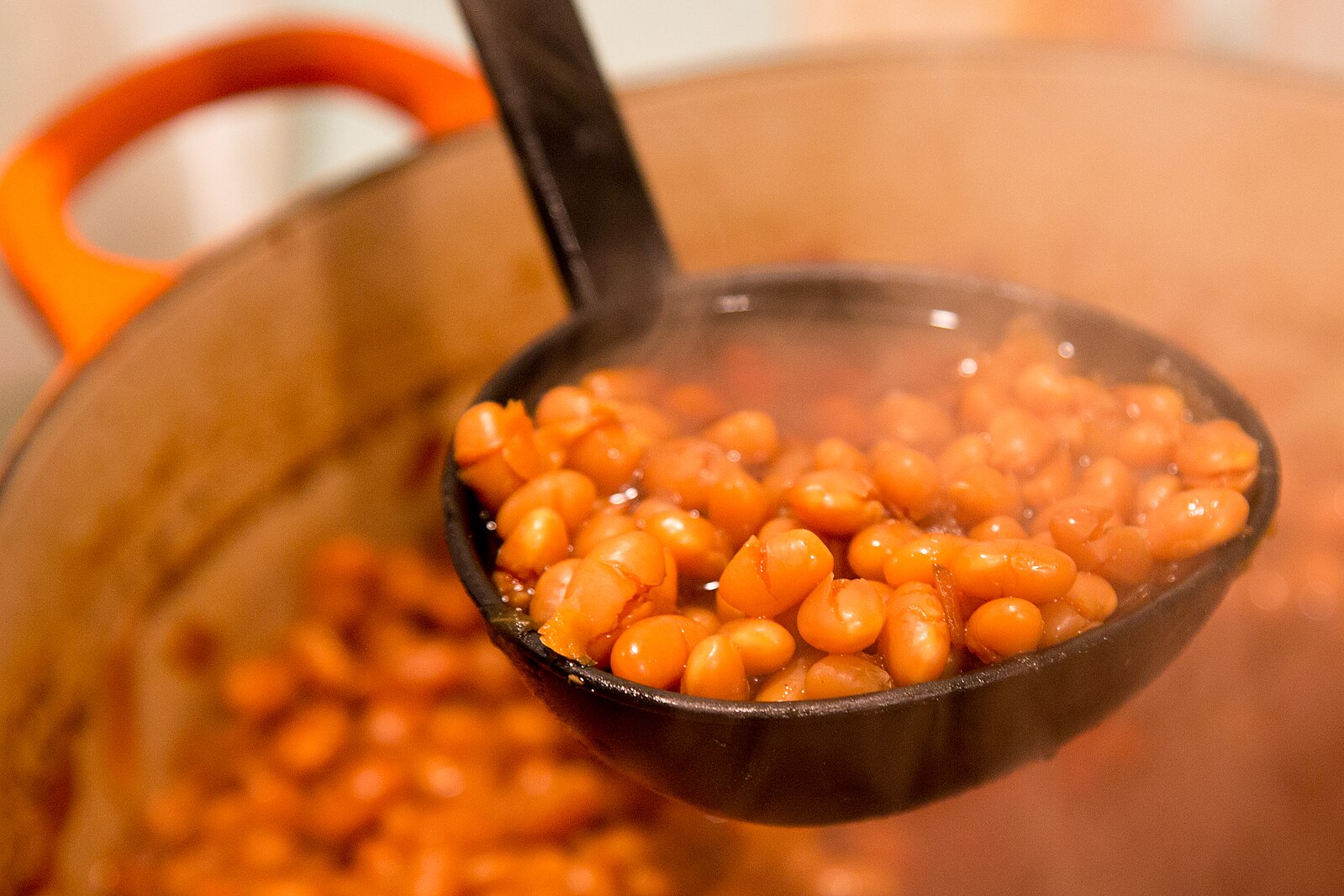
Canned Beans
Beans were long considered the cheapest protein per ounce, but even canned varieties are rising. Droughts and supply bottlenecks have affected pricing. Dry beans still offer better value—but require time many don’t have. It’s a small shift, but symbolic of broader grocery inflation. Victorgrigas, CC BY-SA 3.0 https://creativecommons.org/licenses/by-sa/3.0, via Wikimedia Commons
Lemon and Limes
The cost of citrus has fluctuated wildly, but recently, lemons and limes are hitting seasonal highs. Some stores are charging $1 apiece or more. People are buying fewer or skipping them altogether. Alternatives like vinegar or bottled juice are seeing a bump. hello aesthe / Pexels